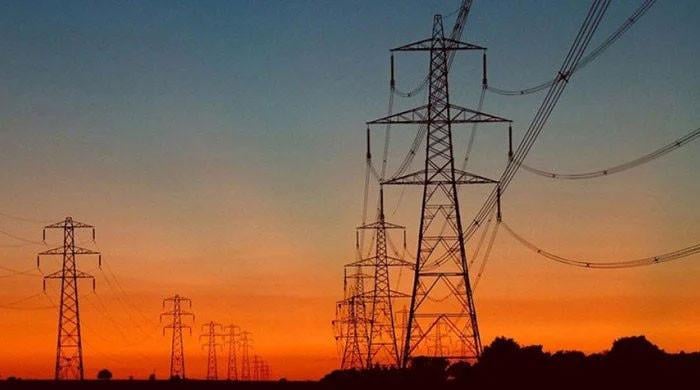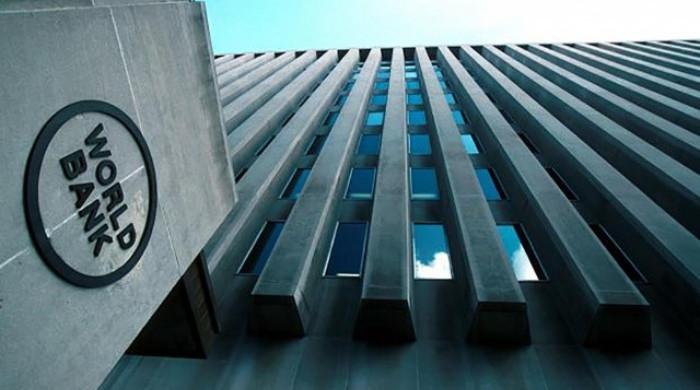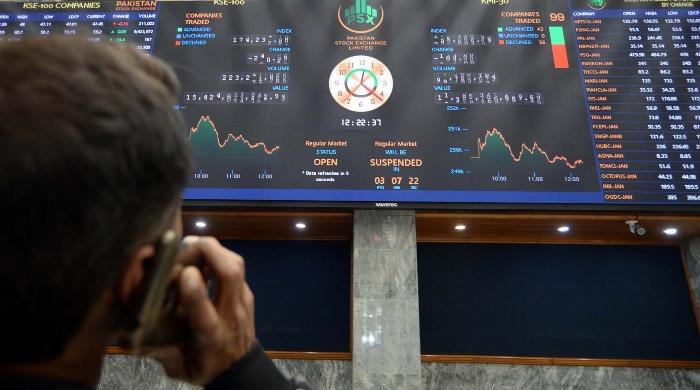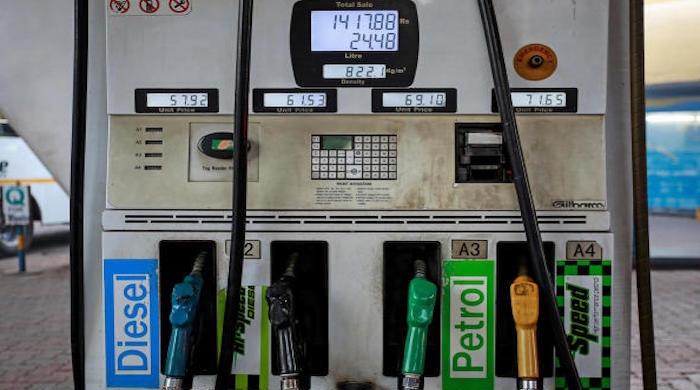Investors lose confidence as Sukuk yield hits 39%
Jittery markets with potential investors losing faith reason behind sharp rise in Sukuk that nosedived to 22% in recent weeks
September 13, 2022

- Jittery markets with potential investors losing faith reason behind sharp rise in Sukuk.
- IMF’s macroeconomic figures have lost their relevance in wake of floods, sources say.
- WB and ADB find it hard to convince their boards, shareholders to provide more resources.
The five-year Sukuk, which matures in December 2022, has yielded a whopping 39%, signalling a loss of investors' confidence, The News reported.
The jittery markets with the potential investors losing faith have caused a sharp rise in the bond that nosedived to 22% in recent weeks.
Another clear indication that the investors are losing faith is that the yield on another 10-year international bond worth $1 billion maturing on April 15, 2024, has touched 42%.
“IMF’s macroeconomic figures envisaged on the eve of seventh and eighths reviews and revival of its stalled programme have lost their relevance in the wake of severe floods. No one is bothered to take up arising economic challenges seriously, as without major dollar injections, this liquidity crunch is going to haunt policy-makers with every passing day,” official sources said.
Now the people of Pakistan will have to suffer more, as the CPI-based inflation is projected to touch the 30% mark for September inflation data which will be released on October 1, 2022. The World Bank and Asian Development Bank on account of programme loans/policy lending have been in the doldrums even after the revival of the IMF programme mainly because Islamabad has failed to undertake major reforms on the energy sector front.
Both the WB and ADB are finding it really hard to convince their boards and shareholders to provide more resources towards cash bleeding power and energy sectors. It is obvious that despite providing multibillion dollar loans from multilateral creditors the government has failed to undertake any substantial reforms. Despite doling out Rs1.6 trillion to the power sector, which is higher than total defence spending in the last fiscal year, the monster of circular debt has touched Rs2.5 trillion. If the circular debt of the gas sector is incorporated, it goes up close to Rs4 trillion towards the end of June 2022.
The ADB loan of $1 billion for the energy sector under MFF has been in the pipeline and its mission is also expected to visit within next few weeks. However, the Jamshoro power project and smart metering have been running dismally slow and Pakistan has also paid commitment charges but there is no substantial progress made on this front.
When contacted, former finance ministry adviser Dr Khaqan Najeeb said Sukuk maturing in December 2022 carrying a tenor of five years had come down to 22.8% with IMF’s board approval of Pakistan’s programme.
“This shows that markets have calmed and there is confidence in Pakistan paper. However, this comfort of international markets has receded due to a host of events. The floods, political uncertainty, delay in maturity of funds from friendly countries, and again a rise in the imports in the month of August have all contributed to make markets jittery.”
He felt it was concerning to see the yield on Sukuk rising to 39% on September 12 and on the Pakistan international bond of 10-year tenor maturing in April 24 to 42.3%.
“Pakistan’s dollar bonds markets are again under pressure, as the economy suffers from the worst flood in decades. All sectors, including agriculture, manufacturing, and services, are expected to slow down. The floods have impacted all macro indicators with growth slow down to 2.3% and average inflation rising to 25% in FY23. Markets feel the growth slow-down and extra expenditures on flood rescue, relief and rehabilitation will put pressure on the government’s fiscal health.”
He suggested that corrective steps by the government could give confidence to the market, including a clear path of reserves buildup, as well as international commitments to help in the need for flood relief and rehabilitation efforts. “Pakistan can also approach the IMF for financing under the umbrella of a rapid financing instrument available with the fund. It is hoped appeal to the international community will bear fruit to support Pakistan to meet the needs of the worst floods in decades,” he said.











